EtherCAT is realtime Ethernet based protocol for industrial control and automation. It is fast, it can be done using your laptop RJ45 port, it is established standard - it is great. It is especially well adapted for motion control applications. Hard real time features like Distributed Clocks make for guaranteed synchronization in nanosecond precision range. You can get equipment from array of vendors, and open source controllers (IgH, SOEM) for free - there is even LinuxCNC integration available. But so far there was not much open source EtherCAT devices. Particularly I found no open source EtherCAT servodrive. We cannot leave it like that.
EtherCAT servodrive
Free CoE (CAN over EtherCAT) CiA402 servodrive on STM32. For open motor controllers like ODrive, STMBL, or your next thing.
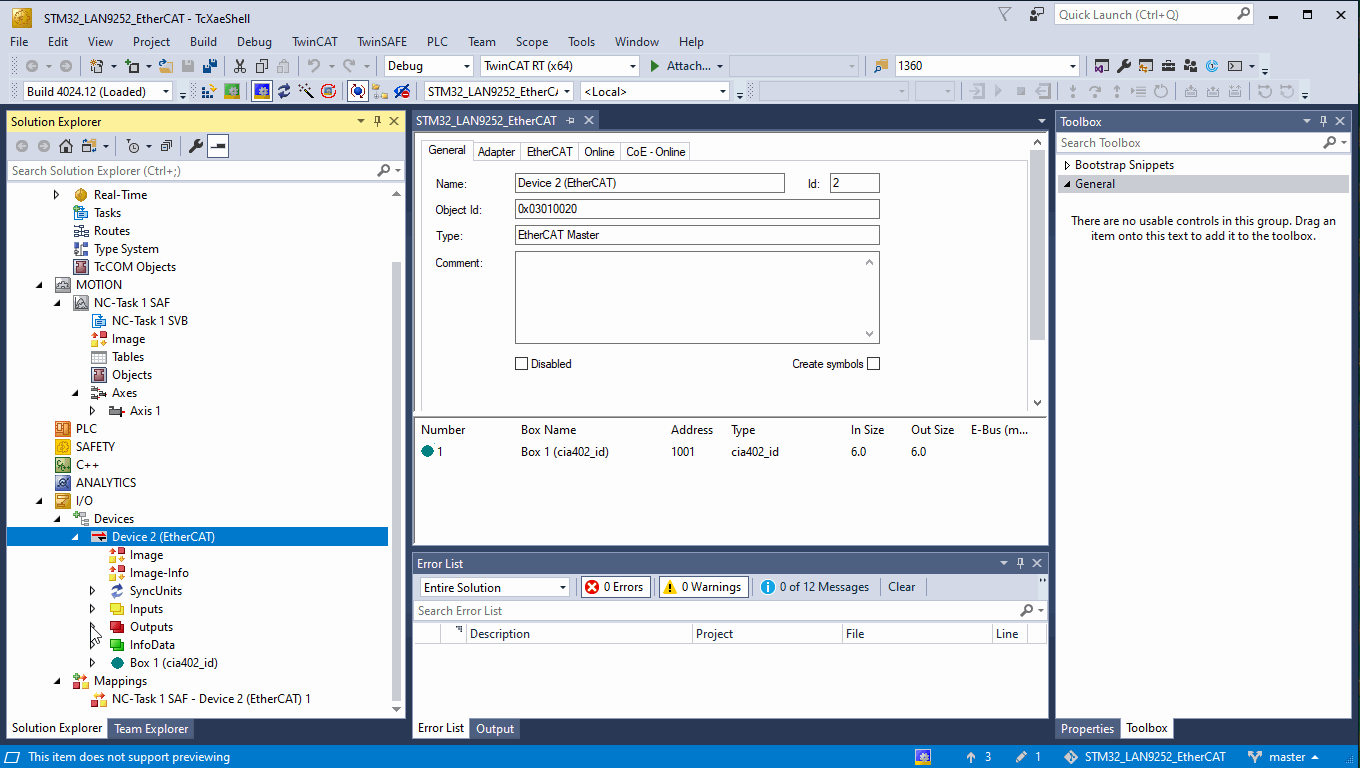
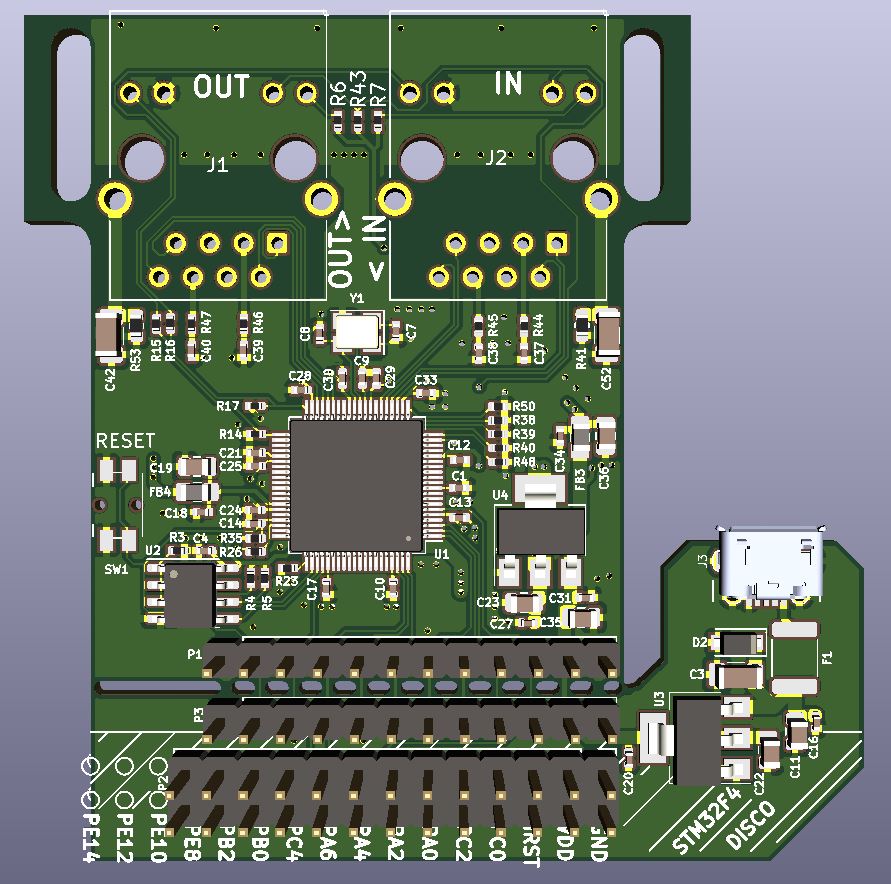
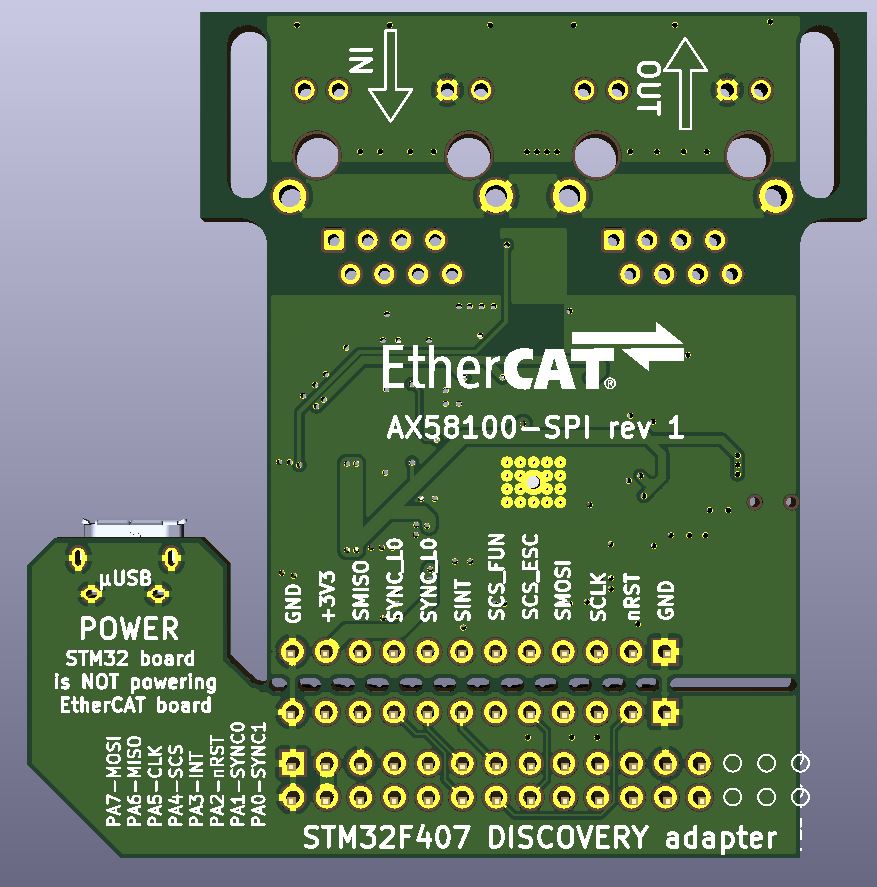
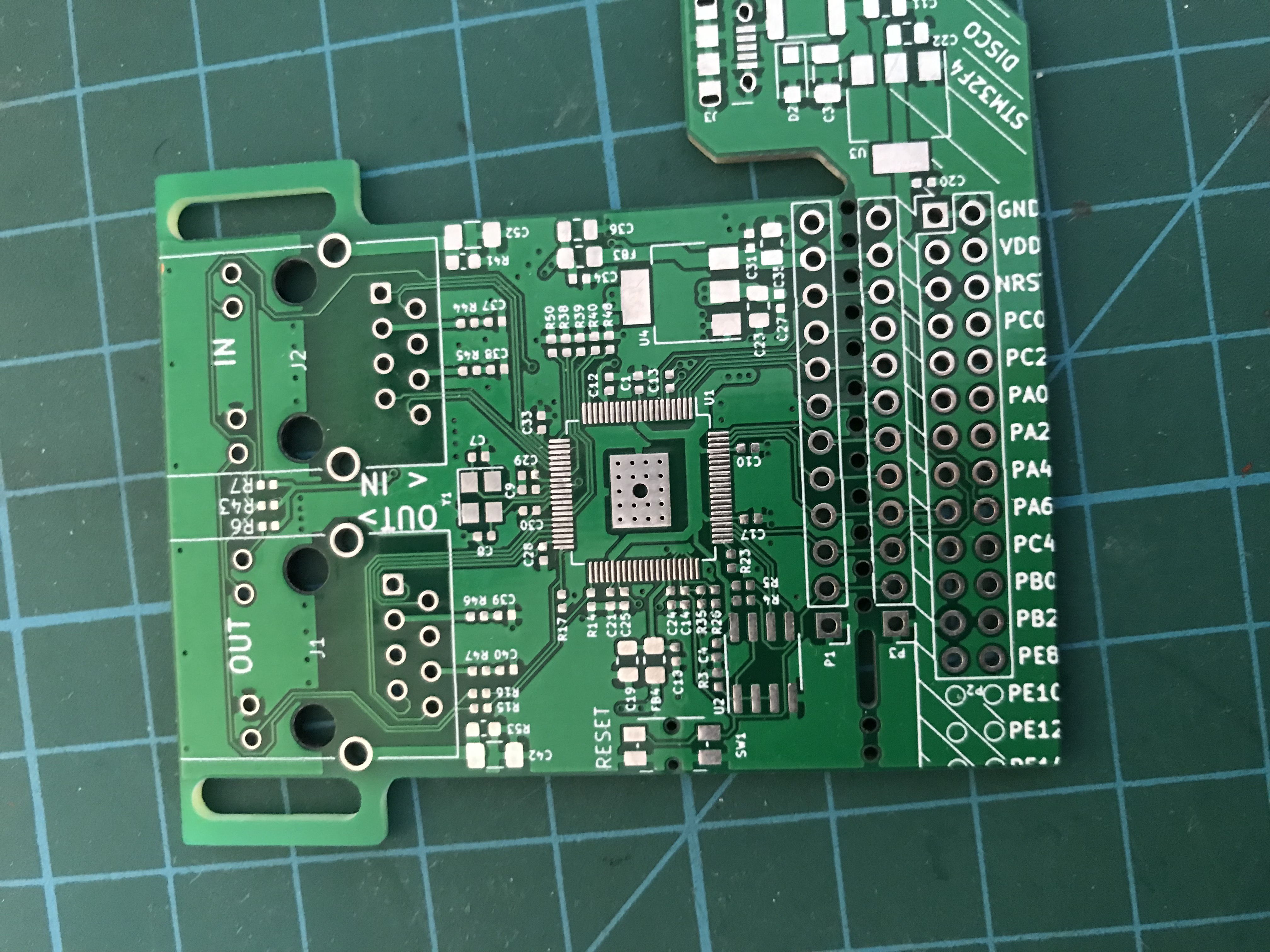
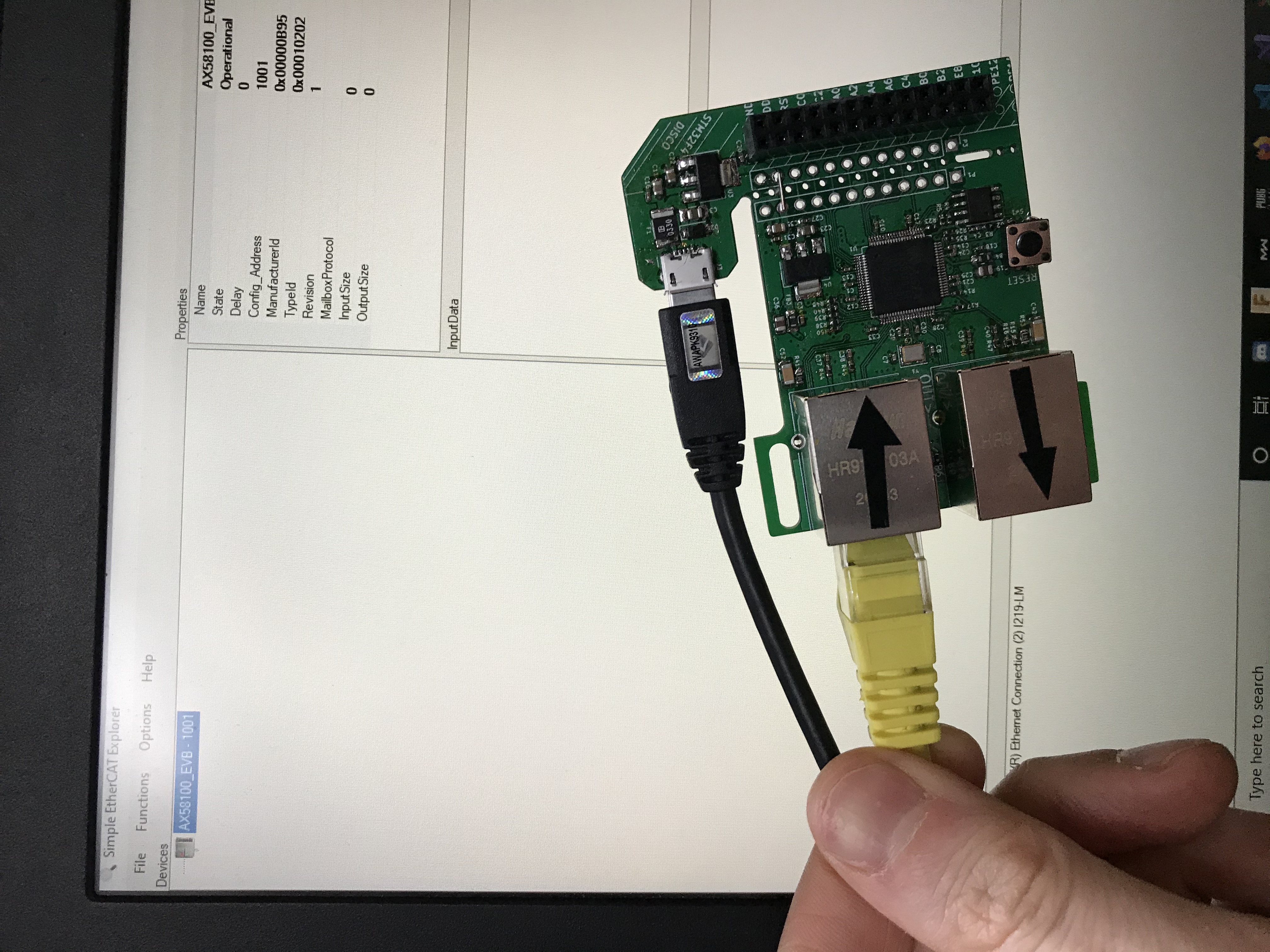
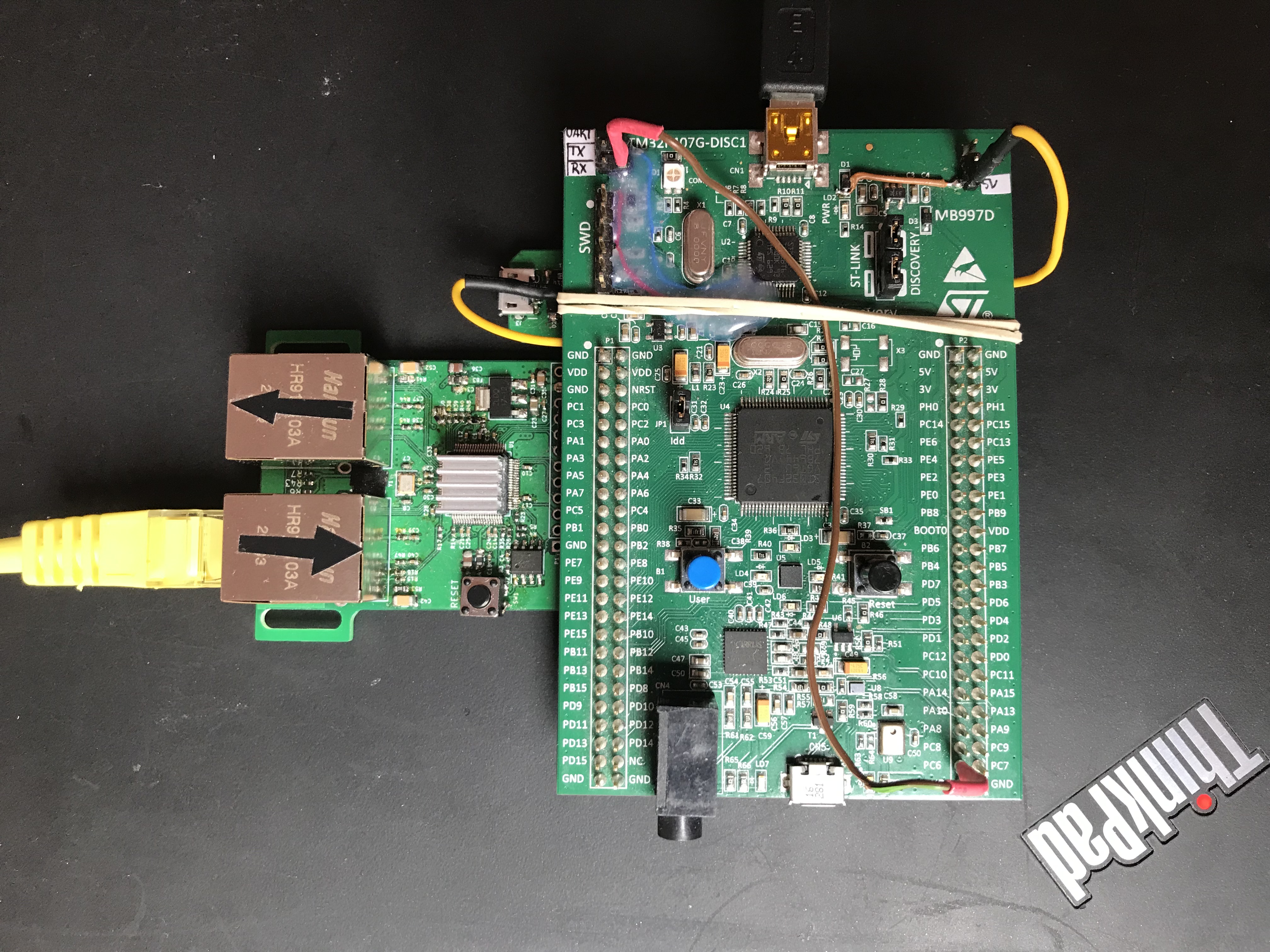
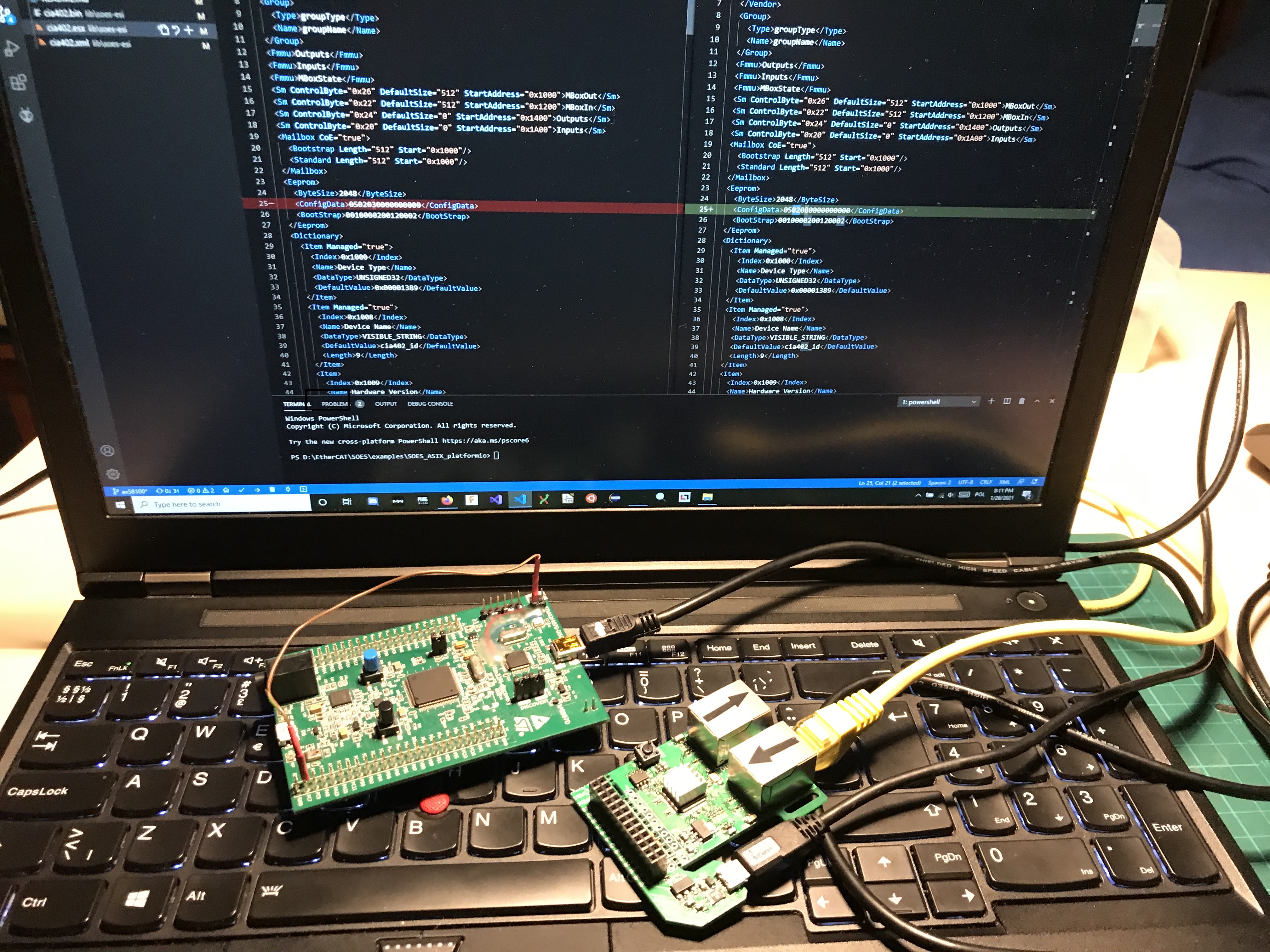
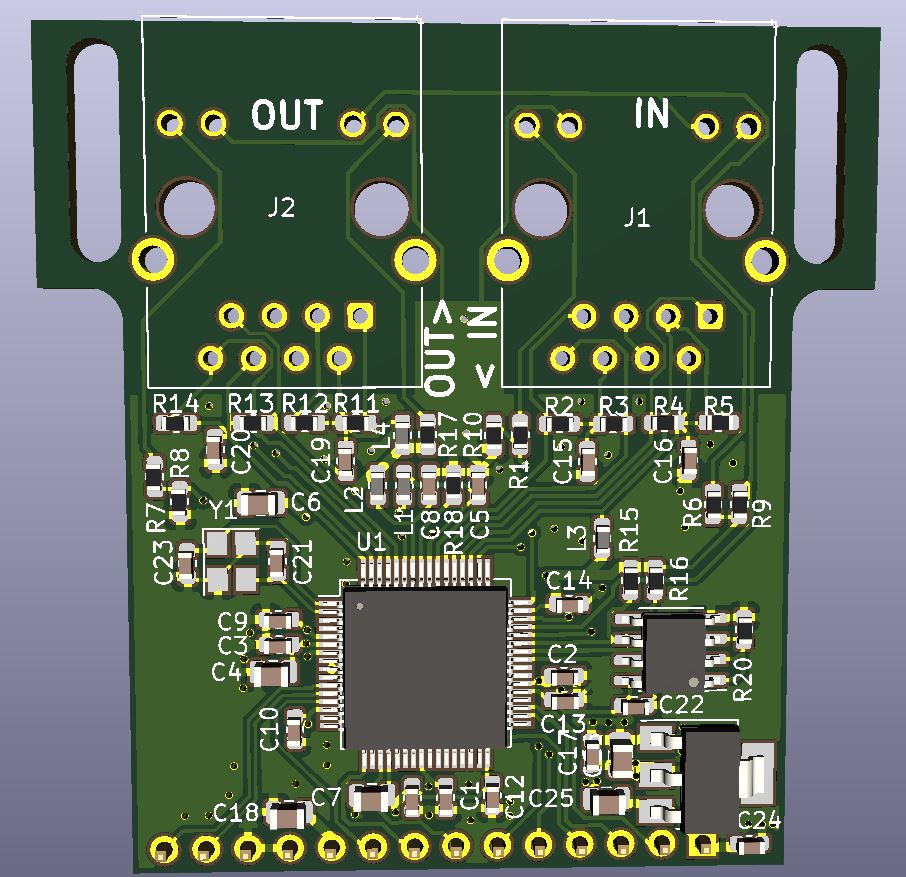
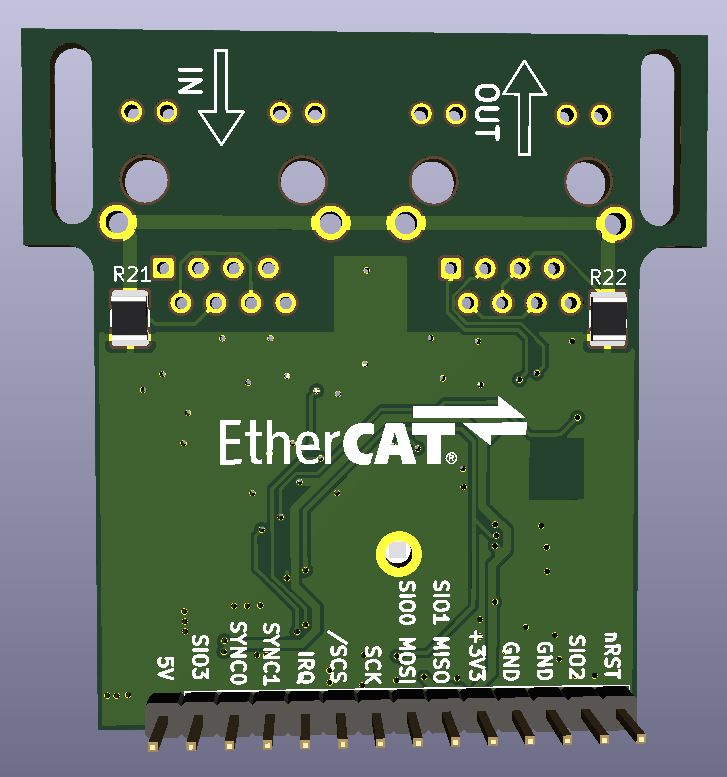
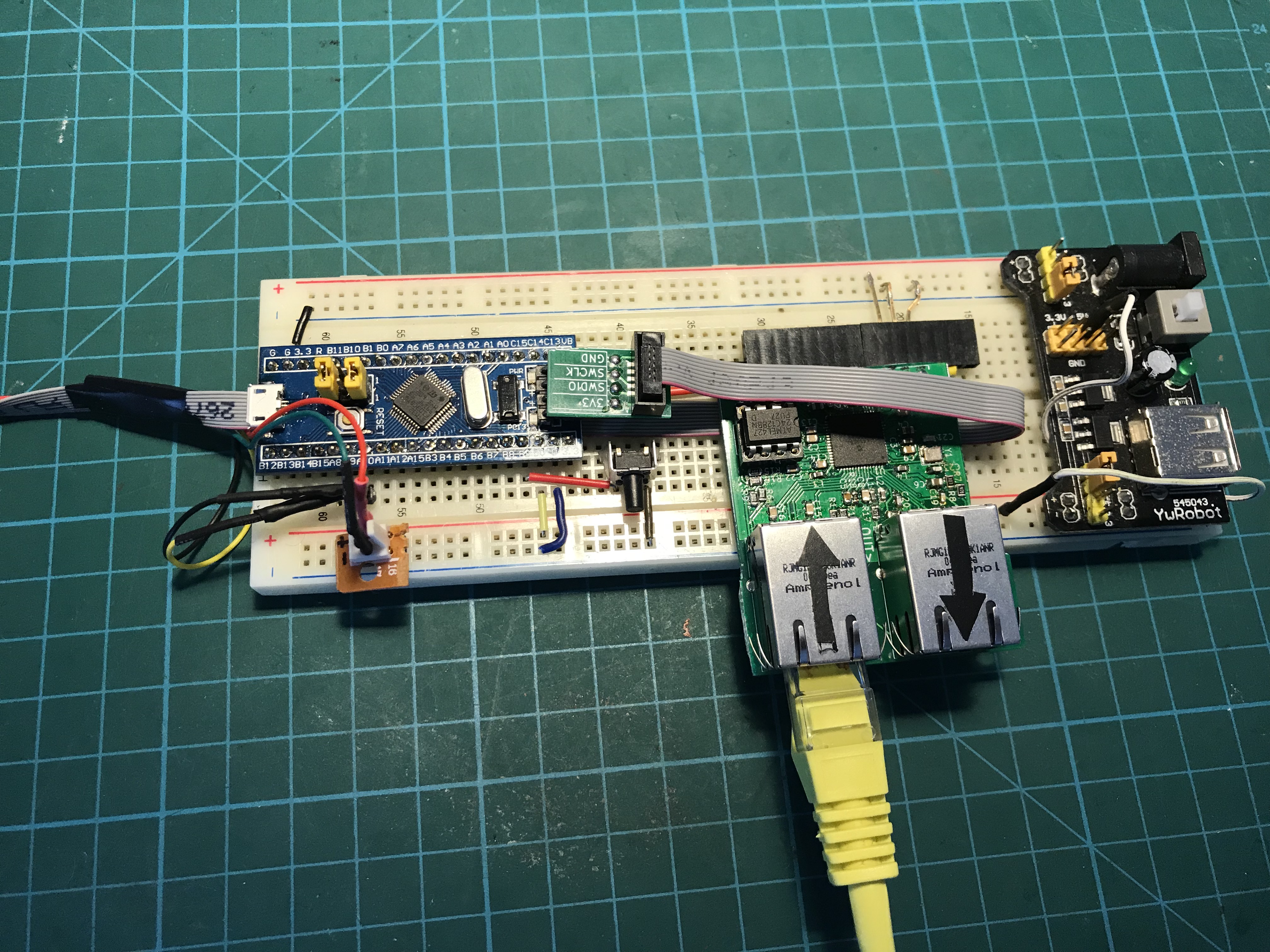
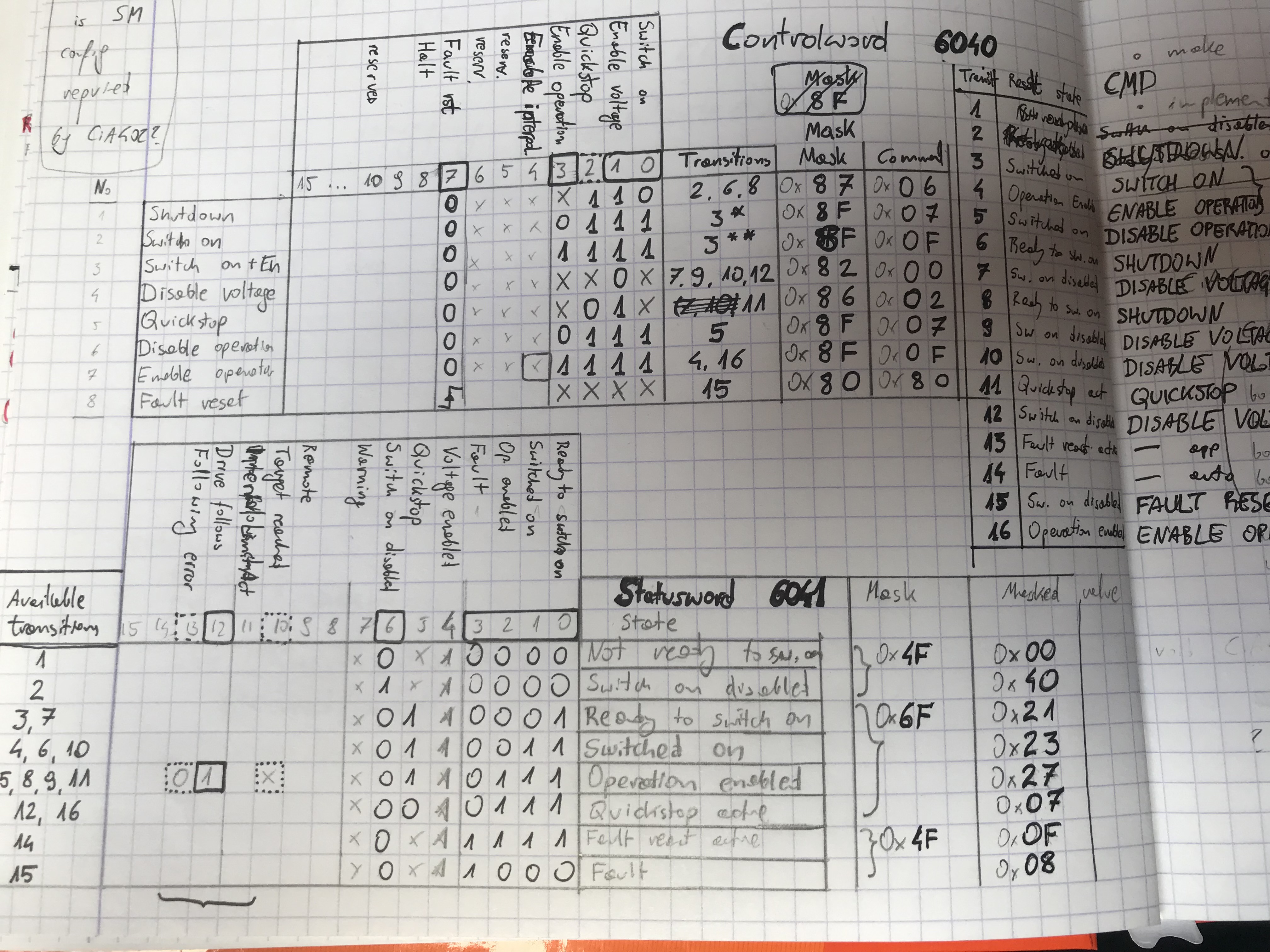
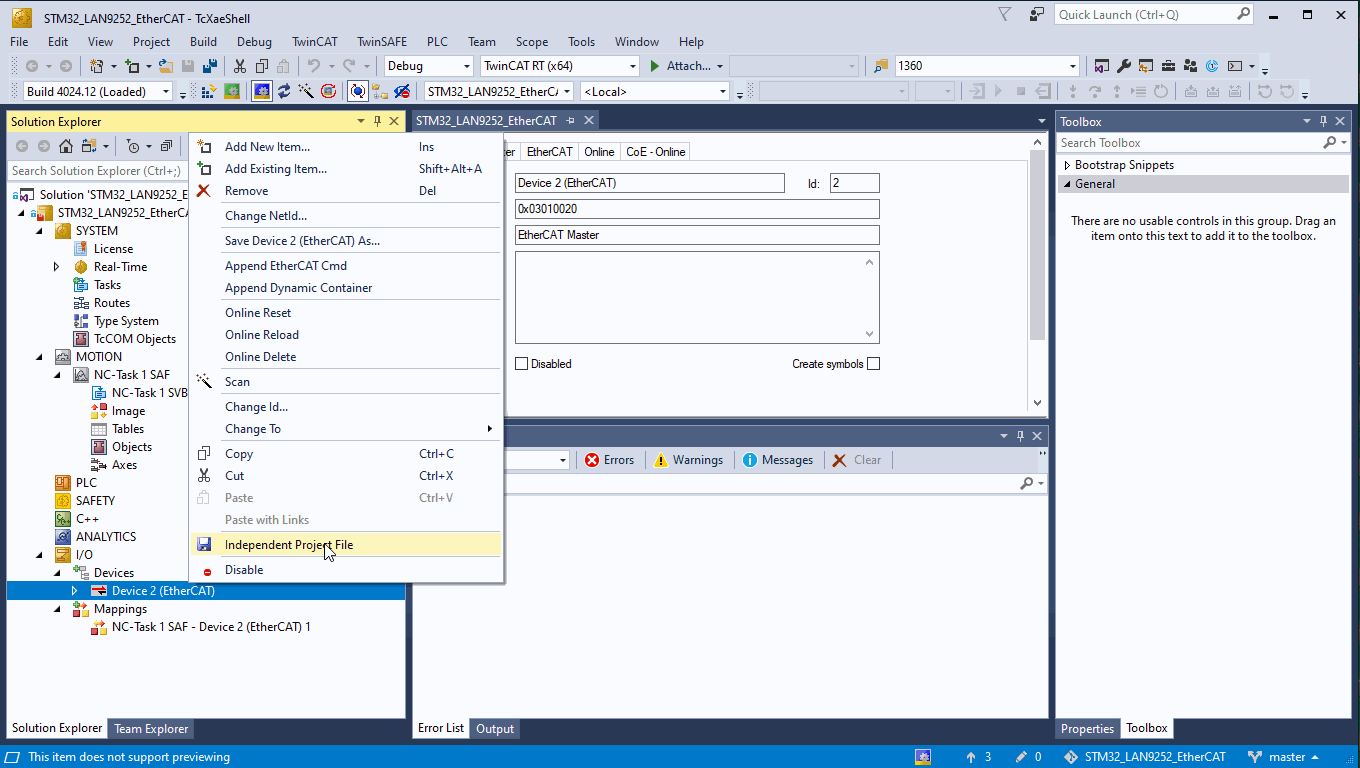
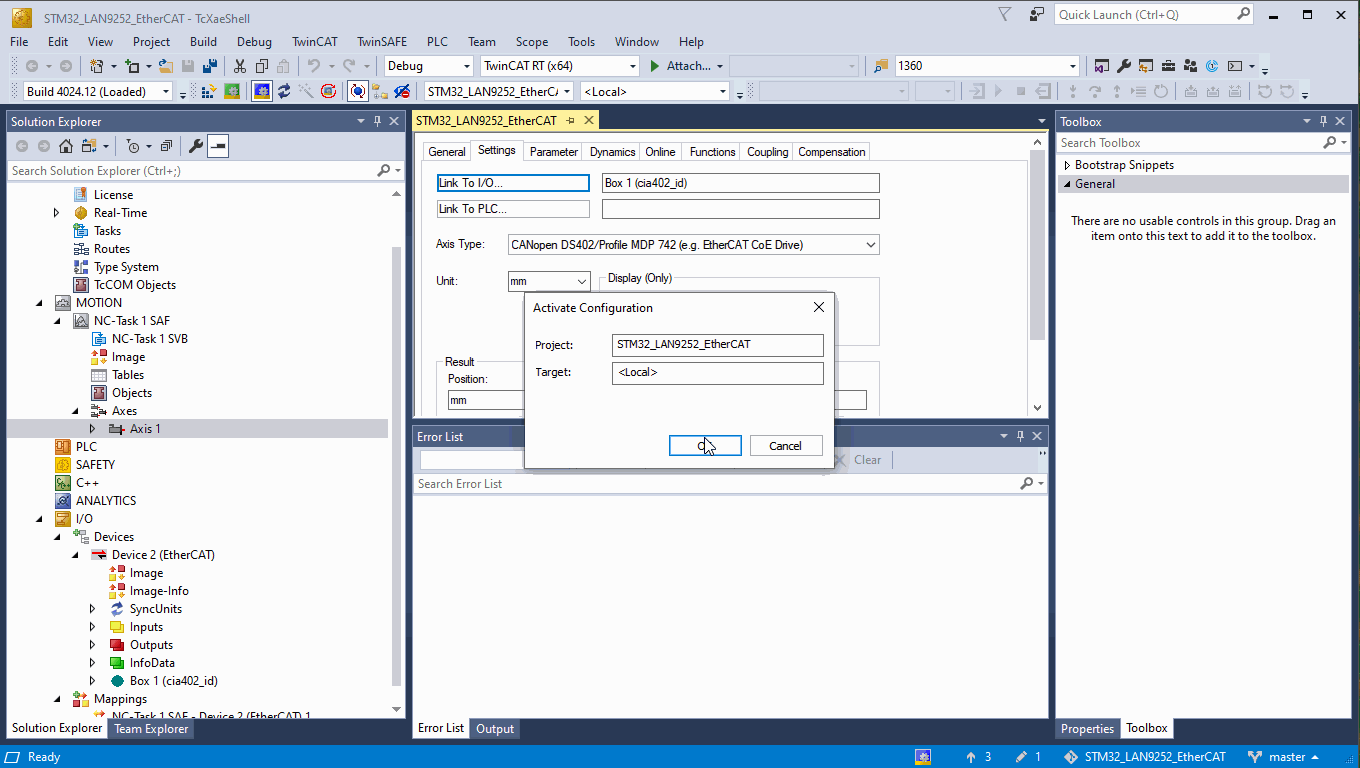
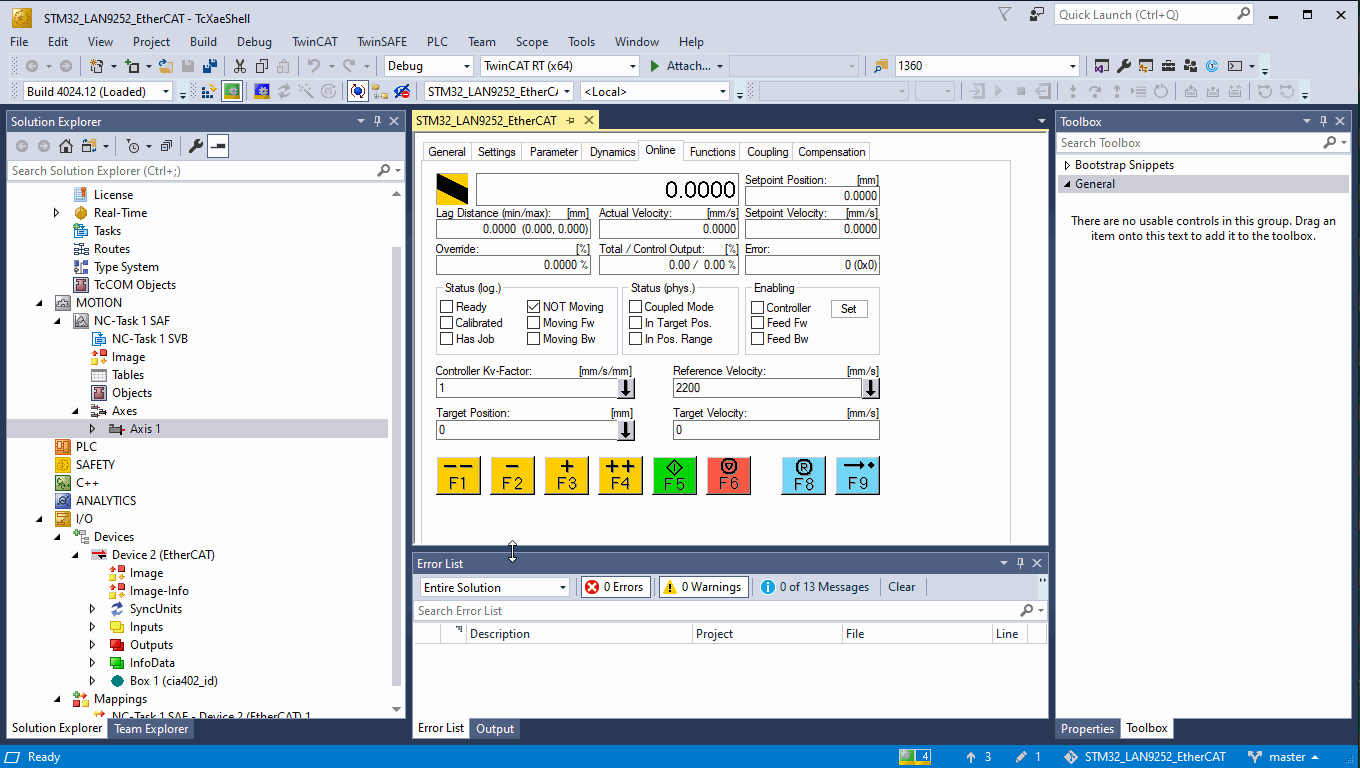
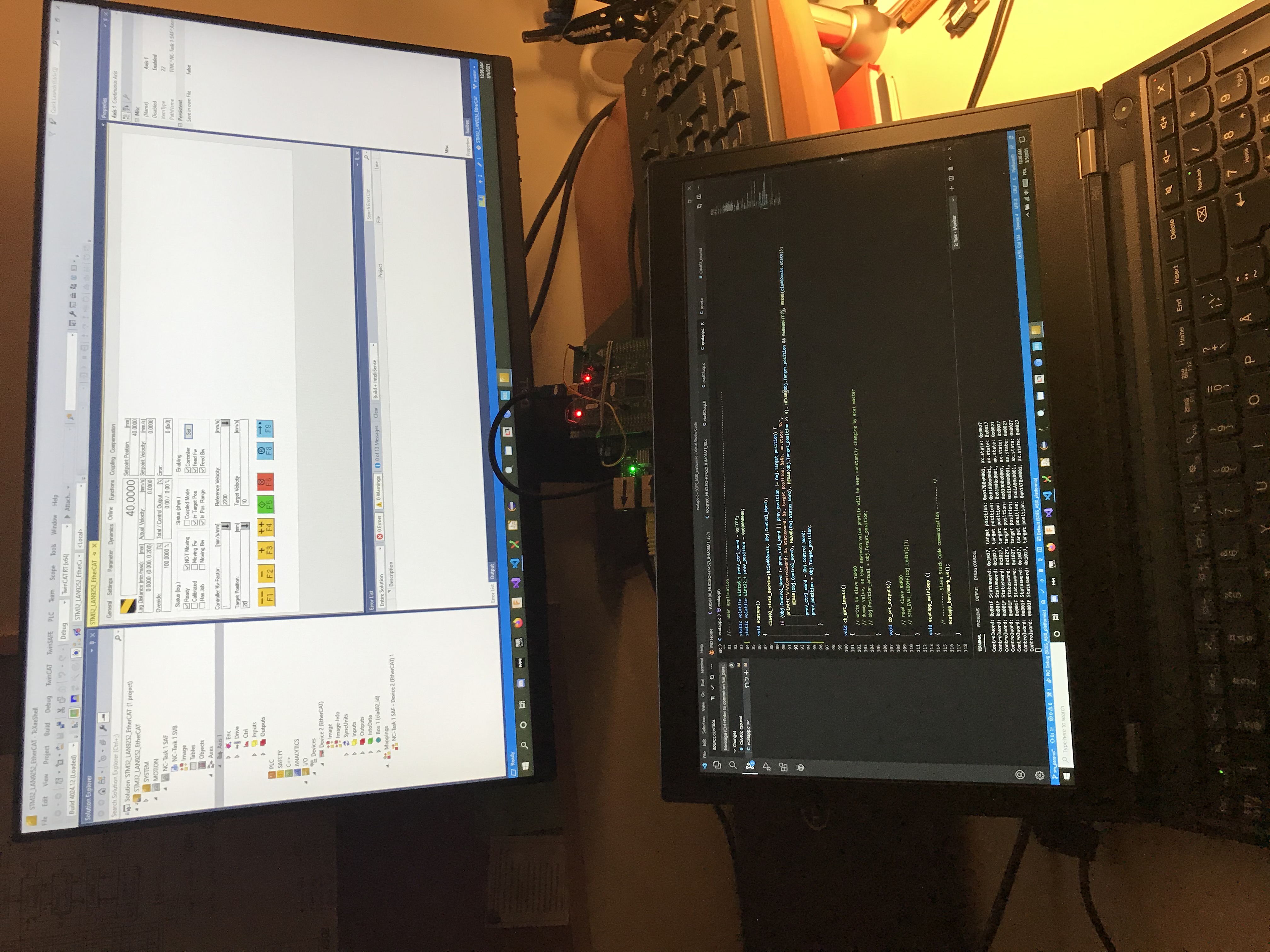
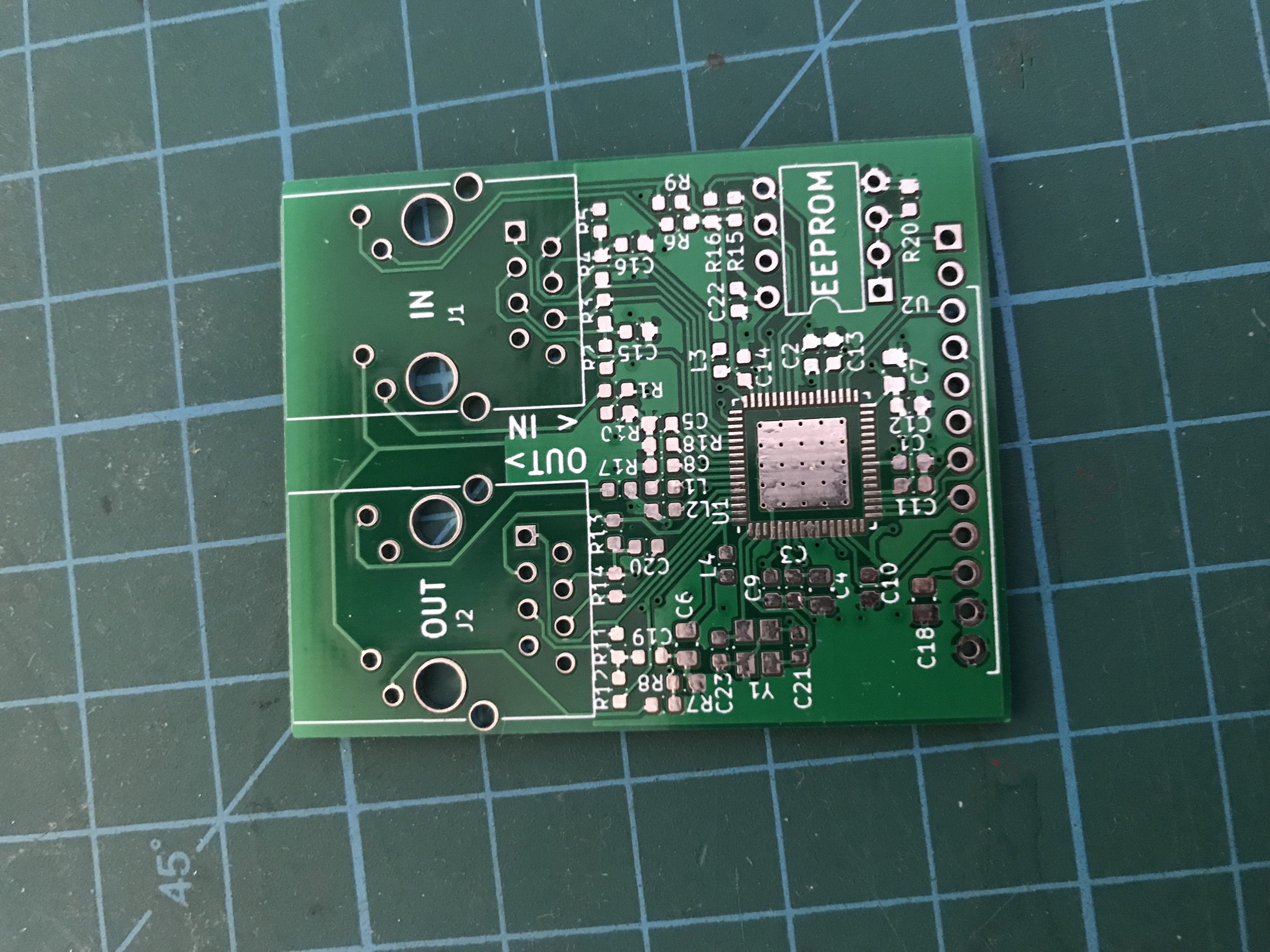
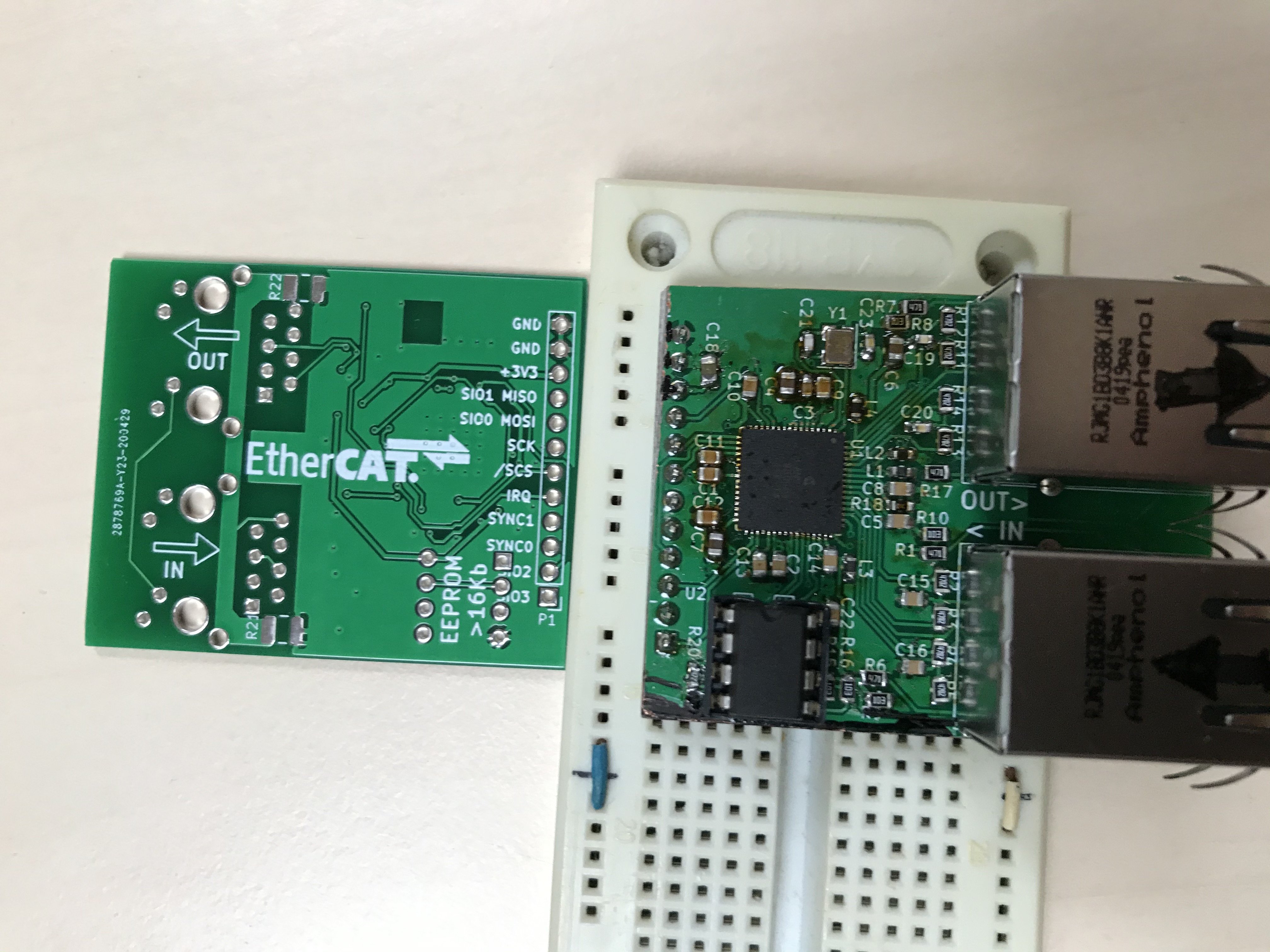
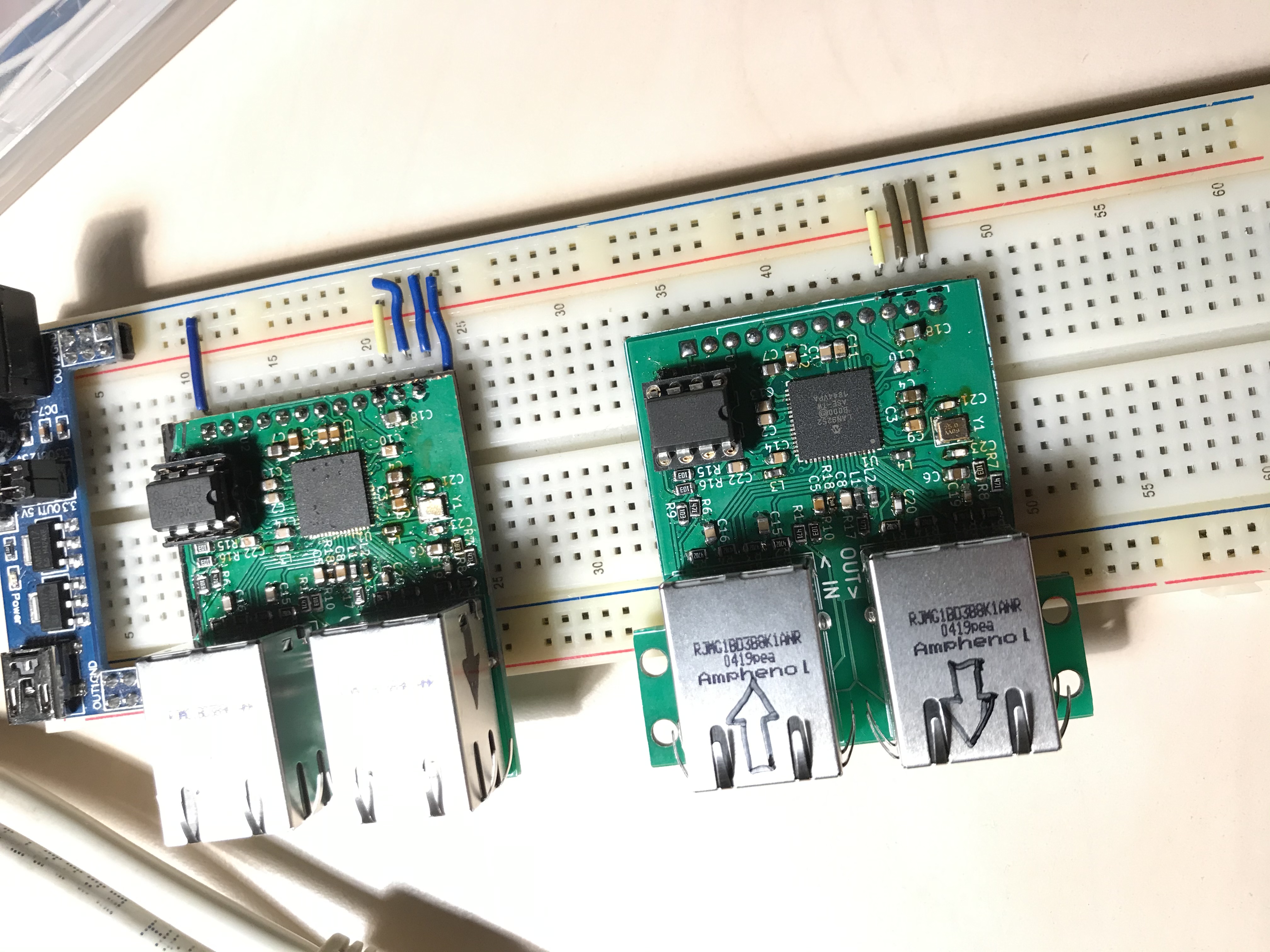
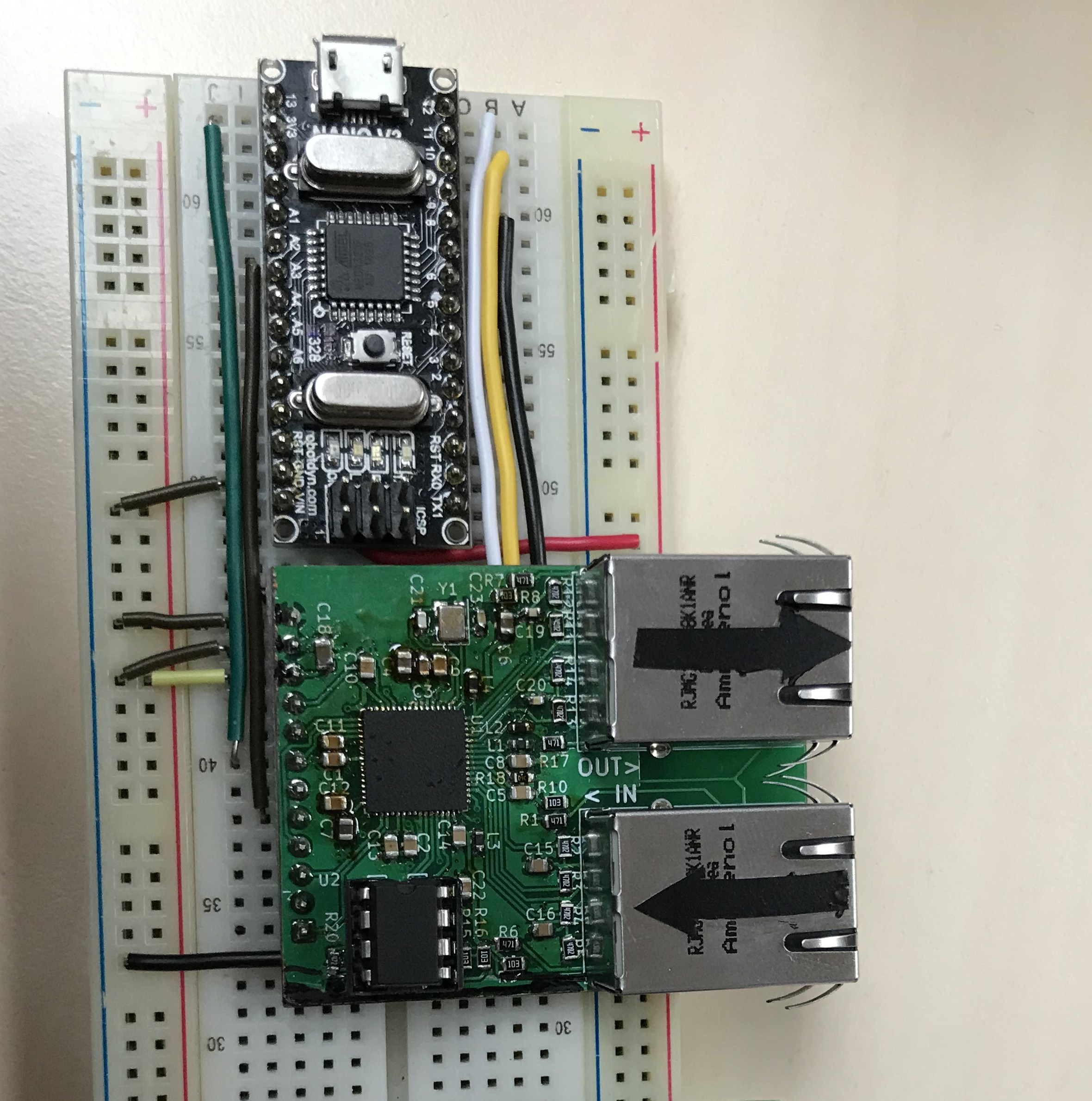
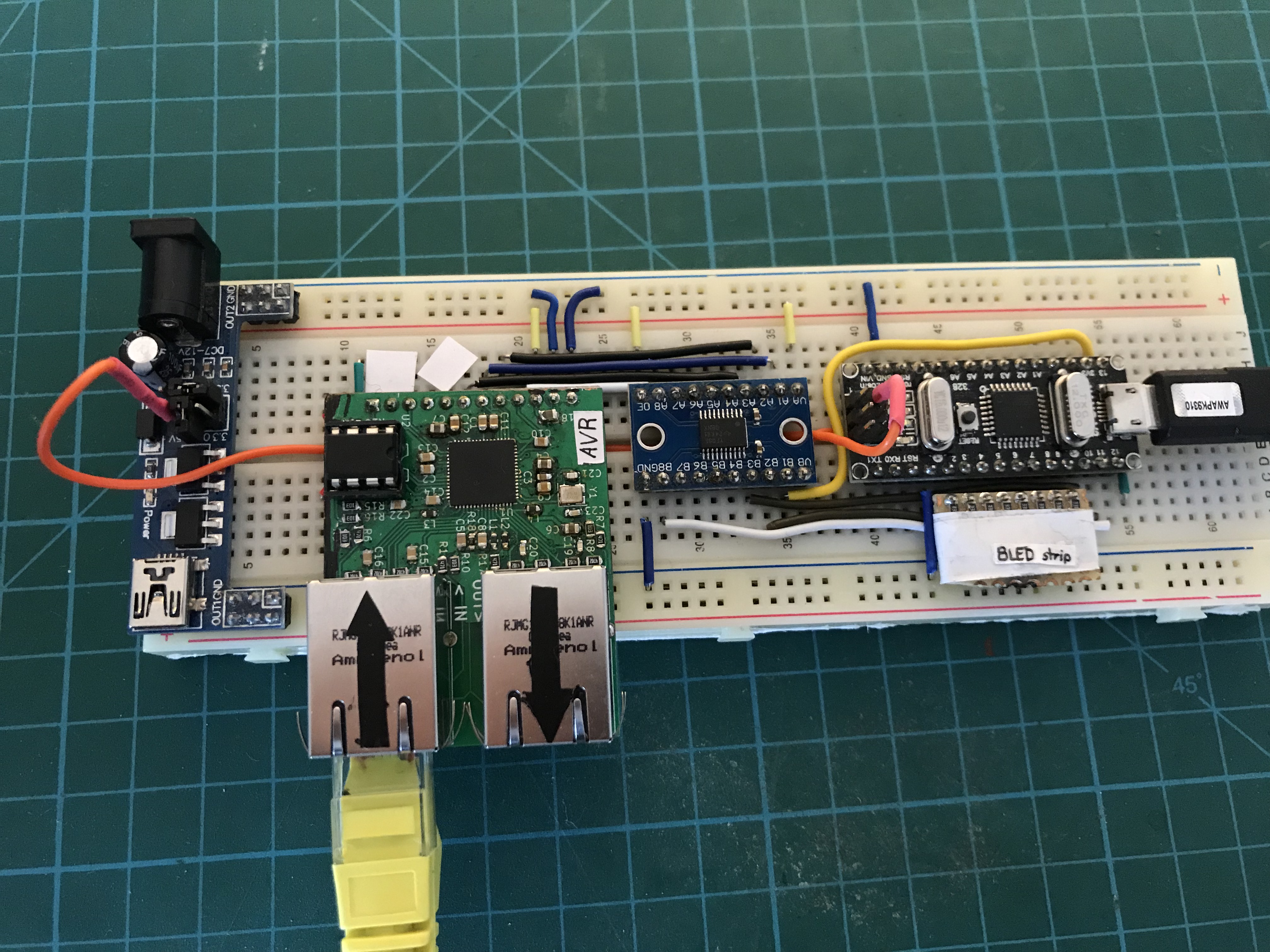
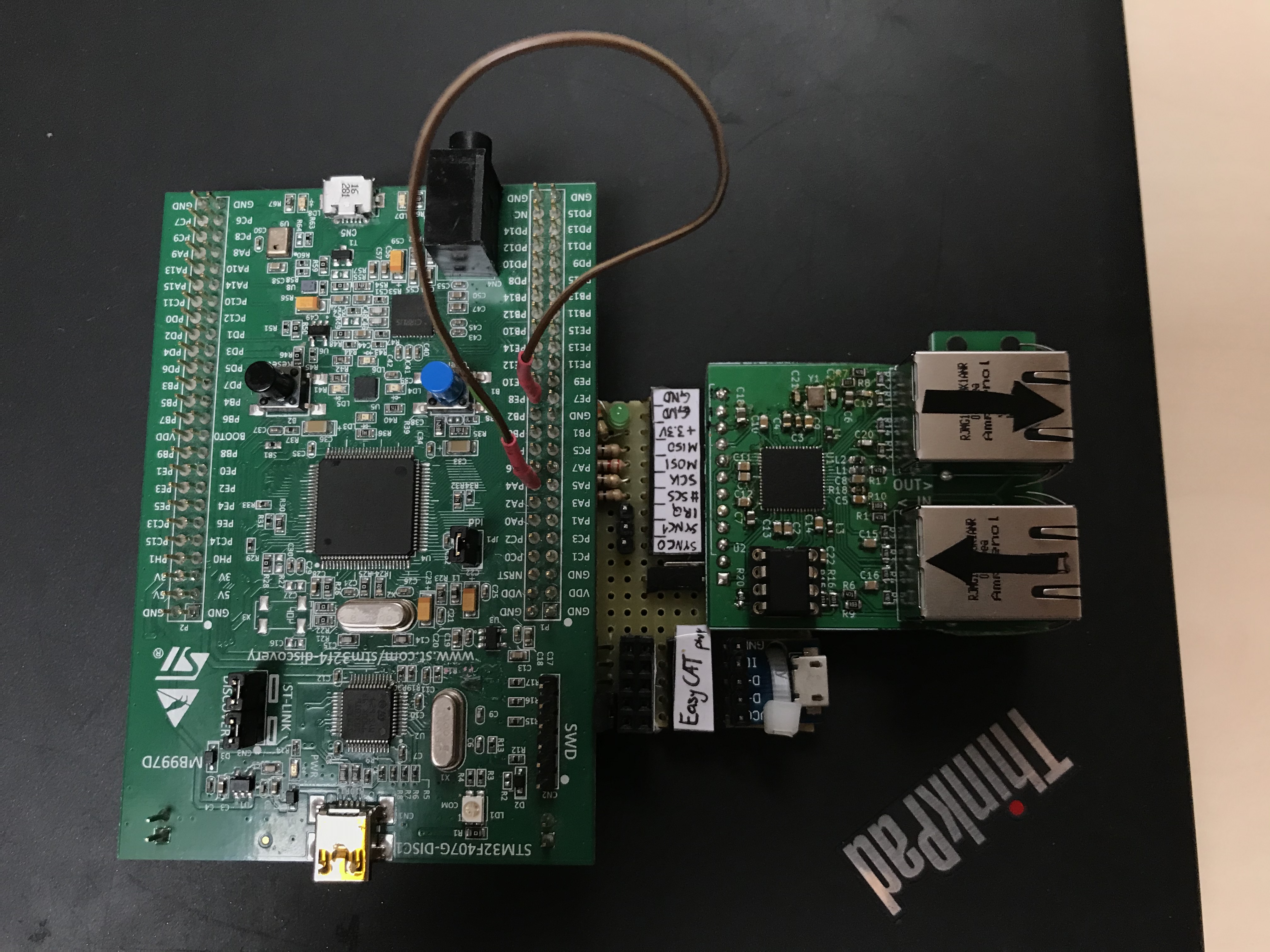
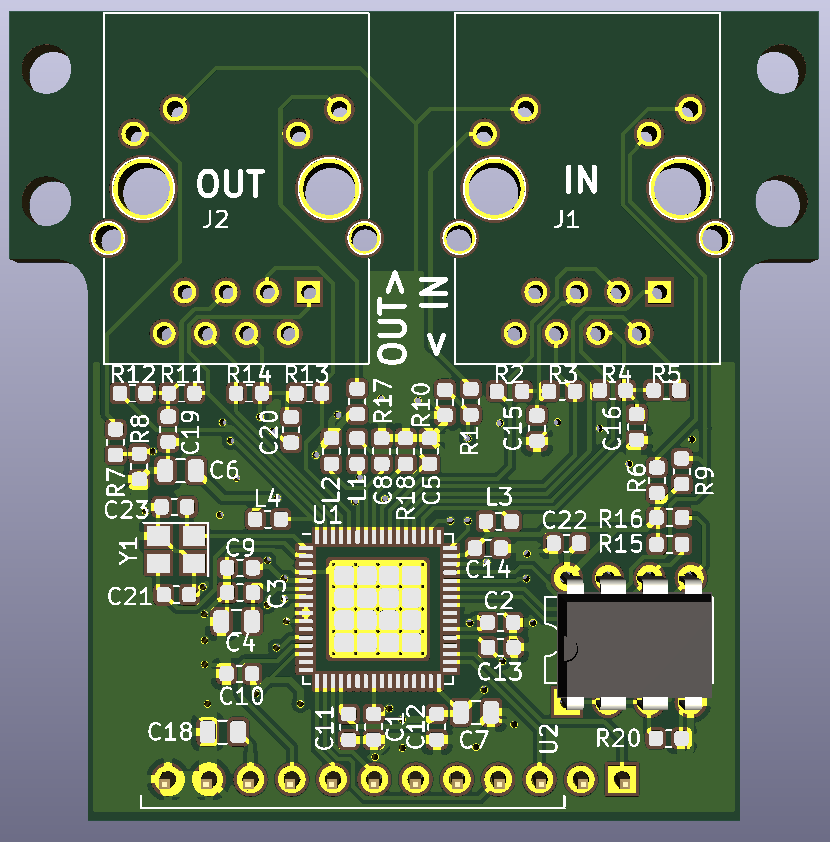
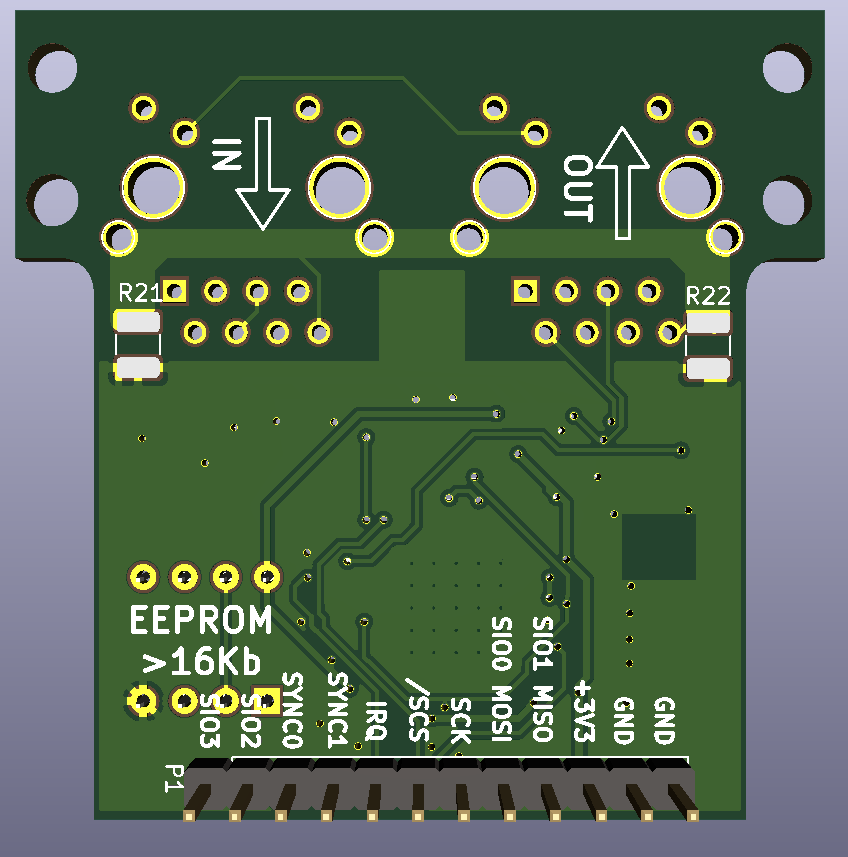



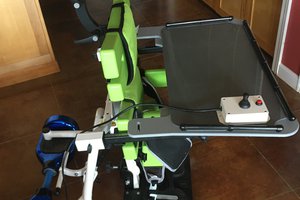
 Phil Malone
Phil Malone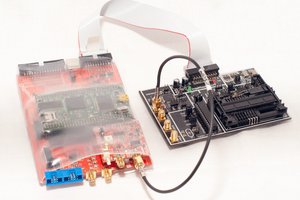
 Colin O'Flynn
Colin O'Flynn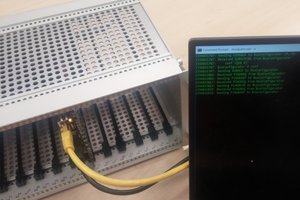
 flow
flow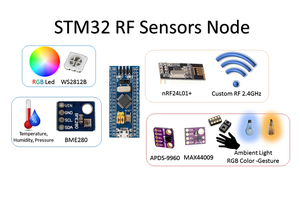
 Wassim
Wassim
I found your project when I first started building STMBLs years ago. Now I have an AX58100EVB and I still can't get it to connect via SPI to the STMBL. I'm wondering if the STM32F407 needs to be equipped with the new FW. Do you have a sample of the STM32F407 or how can I contact you directly via email?